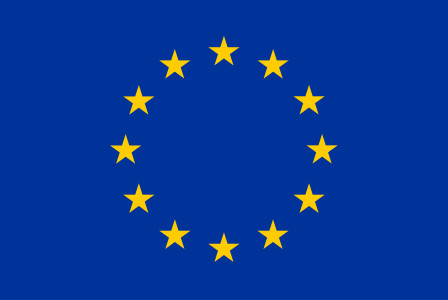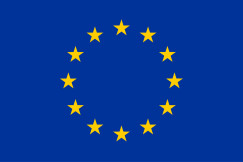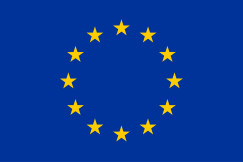Legislation
28 March 2025
Maximum residue levels of pesticides in or on food and feed of plant and animal origin
Legislation
28 March 2025
1. Healthy, balanced and sustainable diets for all European consumers
2. Prevention and reduction of food loss and waste
3. A climate - neutral food chain in Europe by 2050
+4 more
Login / create an account to be able to react
-
211

All foodstuffs intended for human or animal consumption in the European Union (EU) are subject to a maximum residue level (MRL) of pesticides in order to protect animal and human health. EU law regulates which MRLs apply to different products and establishes a default MRL where no specific MRL has been established.
Editorial team
European Commission - DG SANTE
Topics
EU-27
EU Institutions
-
CoC aspirational objectives
-
-
1. Healthy, balanced and sustainable diets for all European consumers
-
2. Prevention and reduction of food loss and waste
-
3. A climate - neutral food chain in Europe by 2050
-
4. An optimised circular and resource-efficient food chain in Europe
-
5. Sustained, inclusive and sustainable economic growth, employment and decent work for all
-
6. Sustainable value creation in the European food supply chain through partnership
-
7. Sustainable sourcing in food supply chains
-
Share
Regulation (EC) No 396/2005 sets the maximum quantities of pesticide residues permitted in products of animal or vegetable origin intended for human or animal consumption. These MRLs, which are fixed by the European Commission, include:
- MRLs which are specific to particular products intended for human or animal consumption;
- a general MRL which applies where no specific MRL has been set (a ‘default level’ of 0.01 mg/kg).
The MRLs for all crops and pesticides are listed in the Commission’s EU pesticides database.
Foodstuffs covered
The regulation covers all products intended for human or animal consumption, listed in its Annex I.
The regulation does not apply to products of animal or plant origin, if they are intended for:
- the manufacture of non-food/feed products;
- sowing or planting;
- nationally authorised tests on active substances.
Exceptions
Certain substances listed by the Commission (Annex VII) may be authorised by national authorities even if they exceed their MRL, if they meet the following conditions:
- the products are not intended for immediate consumption;
- controls are in place to ensure that these products are not made available to the consumer;
- the other EU Member States and the Commission are informed of the measures.
Safety assessment
The European Food Safety Authority (EFSA) is responsible for the safety assessment of new applications submitted for MRLs and for the review of existing MRLs. This is based on the toxicity of each substance, the maximum levels expected in food and the diets of consumers. Based on the EFSA’s opinion, the Commission issues a regulation to establish a new MRL or to amend or delete an existing one.
Controls of pesticides residues in food
The EU has a coordinated multiannual control programme which, each year, requires the Member States to sample, analyse and test an agreed range of products (relevant in the diet) for an agreed range of pesticides. This is to ensure their compliance with MRLs of pesticides and to assess the exposure to consumers. The EFSA collates these results and publishes them annually. Besides the coordinated EU programme, Member States have their own risk-based national programmes.
Related regulations:
Regulation (EC) No 396/2005 on maximum residue levels of pesticides in or on food and feed of plant and animal origin.
Regulation (EU) 2020/585 concerning a coordinated multiannual control programme of the Union for 2021, 2022 and 2023 to ensure compliance with maximum residue levels of pesticides and to assess the consumer exposure to pesticide residues in and on food of plant and animal origin.
Comments (0)
See also
Regulation on Renewable Energy Financing mechanism
- Categories
- 2. Prevention and reduction of food loss and waste 3. A climate - neutral food chain in Europe by 2050 4. An optimised circular and resource-efficient food chain in Europe +3 more
Barriers to trade
- Categories
- 2. Prevention and reduction of food loss and waste 3. A climate - neutral food chain in Europe by 2050 4. An optimised circular and resource-efficient food chain in Europe +3 more
Protection against dumped imports
- Categories
- 2. Prevention and reduction of food loss and waste 3. A climate - neutral food chain in Europe by 2050 4. An optimised circular and resource-efficient food chain in Europe +3 more




